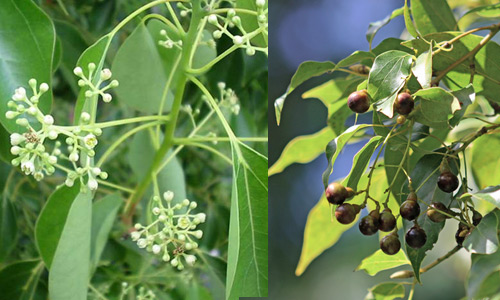We value your privacy
We use cookies to enhance your browsing experience, serve personalized ads or content, and analyze our traffic. By clicking "Accept All", you consent to our use of cookies.
We use cookies to help you navigate efficiently and perform certain functions. You will find detailed information about all cookies under each consent category below.
The cookies that are categorized as "Necessary" are stored on your browser as they are essential for enabling the basic functionalities of the site. ...
Necessary cookies are required to enable the basic features of this site, such as providing secure log-in or adjusting your consent preferences. These cookies do not store any personally identifiable data.
No cookies to display.
Functional cookies help perform certain functionalities like sharing the content of the website on social media platforms, collecting feedback, and other third-party features.
No cookies to display.
Analytical cookies are used to understand how visitors interact with the website. These cookies help provide information on metrics such as the number of visitors, bounce rate, traffic source, etc.
No cookies to display.
Performance cookies are used to understand and analyze the key performance indexes of the website which helps in delivering a better user experience for the visitors.
No cookies to display.
Advertisement cookies are used to provide visitors with customized advertisements based on the pages you visited previously and to analyze the effectiveness of the ad campaigns.
No cookies to display.
|
Division
|
Angiosperms |
|
Class
|
Dicotledons |
|
Subclass |
Apetalae |
|
Order |
Laurales |
|
Family
|
Lauraceae |
|
Genus
|
Cinnamomum |
|
Species
|
camphora |

|
Etymology:
|
Kinamomon is the Arabic name and Greek coined it as kinnamonon. |
|
Botanical name:
|
Cinnamomum camphora (L.) J. Presl. |
|
Local/Trade Names: |
Camphor Tree |
|
Conservation status:
|
Cultivated at Forest Research Institute, Dehra Dun. |
|
Digonestic features:
|
Leaves smell like camphor. |
|
Description: |
Large evergreen tree. Leaves pale-green, glaucous, underneath, alternate, ovate-acuminate and leathery, with three distinct veins. Flowers yellowish or dull white, in panicles. Fruits small ovoid drupes, dark-purplish or reddish when ripe. |
|
Phenology: |
Fls.: Mar.-Apr. Frts.: Aug.-Nov. |
|
Distribution:
|
Native of China, Japan and Taiwan. |
|
Where to see it: |
Medicinal Plant Garden. |
|
Uses: |
Chipped wood of stems and roots is a source of natural camphor. Stems and leaves yield volatile oils, and seeds a white crystalline aromatic fat with high laurin content. Plant accredited with stimulant, diaphoretic, anthelmintic, antiseptic, and anodyne properties. Camphor Oil of commerce is the oil of C. camphora from which the camphor has been removed. Camphor is extensively employed in external applications as a counter-irritant in muscular strains, inflammations, and rheumatic conditions. Camphor is esteemed as an analeptic in cardiac depressions and is used in myocarditis. It has a calmative influence in hysteria and nervousness. |
Chief Conservator of Forests & Chief Wildlife Warden is the Head of the Department. There is one post of Conservator of Forests & two posts of Deputy Conservator of Forests viz.